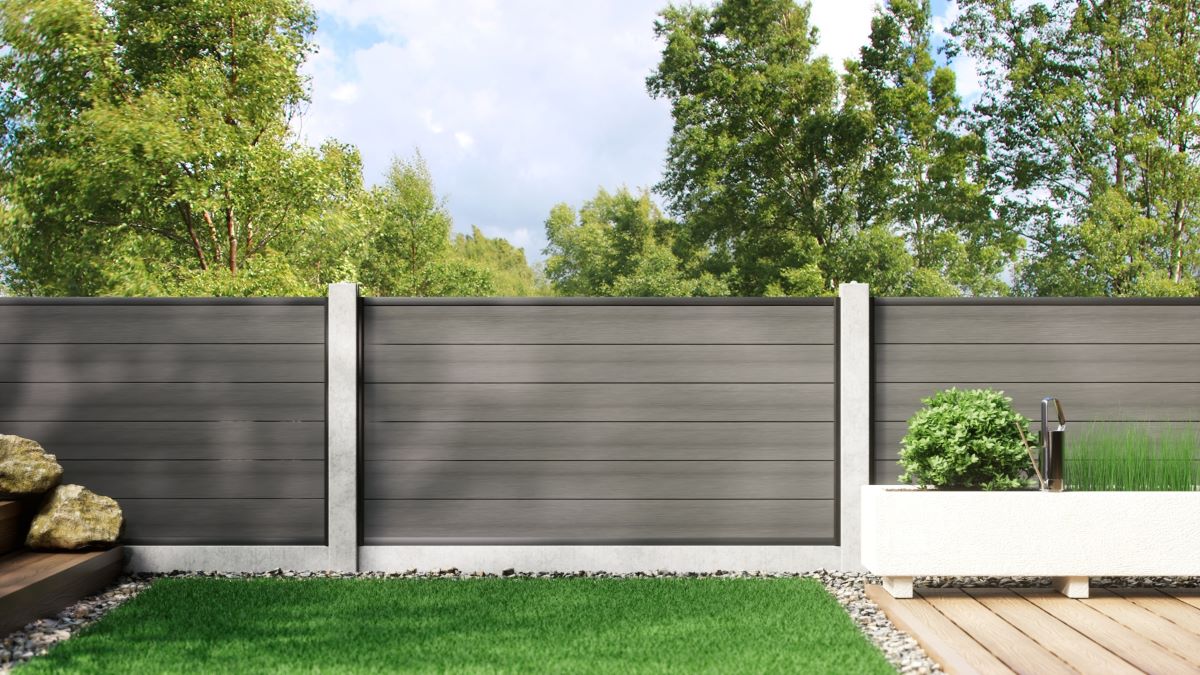

Articles
What Is A Composite Fence
Modified: August 22, 2024
Discover the benefits and features of composite fences with our insightful articles. Learn why composite fences are a durable and eco-friendly option for your outdoor space.
(Many of the links in this article redirect to a specific reviewed product. Your purchase of these products through affiliate links helps to generate commission for Storables.com, at no extra cost. Learn more)
Introduction
When it comes to choosing a fence for your property, there are several options to consider. One popular choice that has gained traction in recent years is the composite fence. But what exactly is a composite fence?
A composite fence is a type of fencing material made from a combination of wood fibers and plastic. This innovative blend creates a durable and low-maintenance fence that offers numerous benefits over traditional wood or vinyl fences.
The purpose of this article is to provide a comprehensive understanding of composite fences, including their advantages, durability, design options, and installation process. Whether you are a homeowner, a contractor, or simply curious about this modern fencing solution, read on to discover the wonders of composite fences.
In the following sections, we will explore the definition and explanation of composite fences, the advantages they offer, and important considerations when choosing this fencing option. By the end of this article, you will have a solid understanding of why composite fences are becoming increasingly popular in the world of outdoor fencing.
Key Takeaways:
- Composite fences offer exceptional durability, low maintenance, and environmental benefits. With a blend of wood fibers and plastic, they provide a long-lasting, eco-friendly, and visually appealing fencing solution for homeowners and property owners.
- When compared to traditional wood, vinyl, metal, and chain link fences, composite fences stand out as a cost-effective, durable, and aesthetically versatile option. Their resistance to weather damage, insect infestation, and fading make them a reliable choice for enhancing privacy, security, and outdoor aesthetics.
Read more: What Is Composition Roof
Definition and Explanation
A composite fence is a type of fencing material that combines wood fibers and plastic to create a durable and long-lasting fence. The wood fibers, often sourced from reclaimed or recycled materials, are mixed with a high-quality plastic resin to form a strong composite material.
The blending of wood and plastic in a composite fence harnesses the strengths of both materials. The wood fibers provide natural strength and aesthetic appeal, while the plastic resin enhances the fence’s durability, moisture resistance, and overall longevity.
Composite fences come in various styles and colors, mimicking the look of traditional wood fences. However, they offer the added advantage of being resistant to rot, cracking, and warping, which are common issues with traditional wood fences. This makes composite fences an excellent option for homeowners who want the beauty of a wood fence without the hassles of maintenance.
Unlike traditional wood fences that require regular staining, sealing, and painting, composite fences are virtually maintenance-free. They do not need to be treated with chemicals or preservatives, and they are resistant to fading, discoloration, and insect damage. This makes them an ideal choice for busy homeowners who value convenience.
Another key aspect of composite fences is their eco-friendly nature. By incorporating recycled materials into their production, composite fences help reduce waste and minimize the demand for new wood resources. They also prevent the need for chemical treatments that can harm the environment. For environmentally conscious individuals, choosing a composite fence is a sustainable and responsible choice.
Composite fences are available in a variety of styles, including privacy fences, picket fences, and decorative fences. They can be customized to meet individual preferences, with options for different colors, textures, and finishes. Some manufacturers even offer composite fences that simulate the appearance of different wood species, allowing homeowners to achieve the desired aesthetic look while enjoying the benefits of a composite fence.
In the next sections of this article, we will delve deeper into the advantages of composite fences, discussing their durability, low maintenance requirements, environmental benefits, and aesthetic appeal. By exploring these aspects, you will gain a comprehensive understanding of why composite fences are an excellent choice for your property.
Advantages of Composite Fences
Composite fences offer a wide range of advantages that make them an attractive choice for homeowners and property owners. Let’s explore some of the key benefits:
- Durability and Longevity: One of the primary advantages of composite fences is their exceptional durability and longevity. Unlike traditional wood fences that are susceptible to rot, insects, and weather damage, composite fences are highly resistant to these issues. They can withstand harsh weather conditions, including heavy rain, strong winds, and extreme temperatures, without warping, cracking, or fading. This durability ensures that your fence will remain intact and attractive for many years to come.
- Low Maintenance: Another compelling advantage of composite fences is their low maintenance requirements. Unlike wood fences that require regular staining, sealing, and painting, composite fences do not need any special treatments to maintain their appearance and functionality. A simple occasional cleaning with soap and water is sufficient to keep them looking fresh and vibrant. This not only saves you time and effort but also reduces the long-term costs associated with fence maintenance.
- Environmental Benefits: Composite fences are an eco-friendly choice for fence materials. They are often made from a combination of recycled wood fibers and plastic, which helps reduce waste and conserve natural resources. By choosing composite fences, you contribute to the sustainability of the environment by redirecting materials that would otherwise end up in landfills. Additionally, composite fences eliminate the need for chemical treatments that can be harmful to the environment.
- Aesthetics and Design Options: Composite fences offer a wide range of design options to suit various architectural styles and personal preferences. They come in different colors, textures, and finishes, allowing you to achieve the desired look for your property. Whether you prefer the classic appearance of a wood fence or a more modern and contemporary design, there is a composite fence style that will complement your outdoor aesthetics.
- Strength and Security: Composite fences are known for their strength and ability to provide security. The combination of wood fibers and plastic resin creates a sturdy fence that can withstand external forces and deter unwanted intruders. This makes composite fences an excellent choice for enhancing the privacy and security of your property.
- Value for Money: While the initial cost of installing a composite fence may be higher than that of other fencing materials like wood or vinyl, the long-term savings and benefits make it a worthwhile investment. With its durability, low maintenance, and resistance to weather and pest damage, a composite fence will outlast and outperform many other types of fences, ultimately saving you money on repairs and replacements in the future.
As you can see, composite fences offer numerous advantages that make them an attractive and practical choice for homeowners. Not only do they provide the beauty and charm of a wood fence, but they also offer the durability, low maintenance, and environmental benefits that set them apart. Whether you are looking to enhance your property’s aesthetics, increase security, or reduce maintenance efforts, a composite fence is a reliable solution that won’t disappoint.
Durability and Longevity
One of the standout features of composite fences is their exceptional durability and longevity. Unlike traditional wood fences, which are prone to rot, insect infestation, and weather-related damage, composite fences are designed to withstand these elements and maintain their structural integrity over time.
Composite fences are crafted from a blend of wood fibers and plastic resin, creating a material that is highly resistant to moisture, UV rays, and temperature fluctuations. This combination of materials offers a fence that can withstand harsh weather conditions without warping, cracking, or fading.
Whether you experience heavy rain, snow, or intense sun exposure, your composite fence will remain strong and stable. This durability ensures that your fence will continue to look attractive and perform its intended function for many years to come.
Another factor contributing to the longevity of composite fences is their resistance to insect damage. Unlike wood fences that can fall victim to termites and other pests, composite materials are not a food source for insects. This means you won’t have to worry about costly repairs or treatments to address infestations.
Composite fences also have the advantage of being resistant to rot and decay. Unlike wood, which can gradually deteriorate when exposed to moisture and fungi, the plastic component of composite fences provides a protective barrier, preventing water from seeping into the material and causing structural damage.
Furthermore, composite fences are designed to maintain their color and appearance over time. The plastic resin in the material helps to resist fading caused by UV rays, ensuring that your fence retains its vibrant and uniform color even after years of exposure to the sun.
By choosing a composite fence, you are investing in a long-lasting fencing solution that will require minimal repairs and replacements. This not only saves you money but also reduces the environmental impact associated with frequent fence replacements.
In summary, the durability and longevity of composite fences are unparalleled compared to traditional wood fences. Their resistance to moisture, UV rays, insects, and decay ensures that your fence will remain in excellent condition for years, maintaining its aesthetic appeal and functionality. With a composite fence, you can have peace of mind knowing that your investment will withstand the test of time.
Low Maintenance
One of the major advantages of choosing a composite fence is its low maintenance requirements. Unlike traditional wood fences that require regular staining, sealing, and painting, composite fences are designed to be virtually maintenance-free.
Composite fences do not need to be treated with chemicals or preservatives to protect them from rot, insects, or weather damage. The plastic component of composite materials acts as a protective barrier, shielding the material from moisture, UV rays, and other external factors that can cause deterioration.
To keep your composite fence looking its best, all that is required is a simple occasional cleaning. A quick wash with soap and water is typically sufficient to remove dirt, grime, and any surface stains. This can easily be done with a hose, a bucket of soapy water, and a soft brush or cloth.
Unlike wood fences that may require sanding, staining, or repainting every few years to maintain their appearance, composite fences retain their color and finish without any additional treatments. This saves you both time and money in the long run.
Additionally, composite fences are resistant to fading and discoloration caused by prolonged sun exposure. The plastic component of the material helps to protect against UV rays, ensuring that your fence maintains its vibrant color for years to come.
With a low-maintenance composite fence, you can spend less time and effort on maintenance tasks and more time enjoying your outdoor space. Whether you have a busy lifestyle or simply prefer to minimize the upkeep of your fences, a composite fence is an excellent choice.
It is worth noting that even though composite fences are low maintenance, occasional inspections are still recommended to check for any loose fasteners or damaged sections. Regularly clearing debris and vegetation from around the fence and trimming nearby plants can also help to maintain its integrity and appearance.
In summary, the low maintenance requirements of composite fences make them a convenient and time-saving choice for homeowners. With minimal cleaning and no need for staining or painting, composite fences provide a hassle-free fencing solution that allows you to enjoy your outdoor space without the burden of constant upkeep.
Read more: What Is Composite Decking
Environmental Benefits
Choosing a composite fence not only provides practical advantages but also offers significant environmental benefits. Here are some of the key environmentally friendly features of composite fences:
1. Use of Recycled Materials: Composite fences are typically made from a combination of recycled wood fibers and plastic materials. The wood fibers used in manufacturing composite fences are often sourced from reclaimed or recycled wood products, reducing the demand for new timber resources. By using recycled materials, composite fences help reduce overall waste and minimize the burden on natural resources.
2. Reduction of Landfill Waste: By incorporating recycled materials into the production of composite fences, these fences divert significant amounts of waste from landfills. Instead of disposing of wood products or plastic waste, these materials are repurposed and transformed into durable and sustainable composite fencing materials.
3. Decreased Chemical Usage: Composite fences do not require chemical treatments, such as staining or sealing, to maintain their durability or appearance. Traditional wood fences often require regular application of chemical preservatives to protect against rot, insects, and weather damage. By opting for a composite fence, you eliminate the need for these chemical treatments, reducing the release of harmful substances into the environment.
4. Longevity and Reduced Replacement: Composite fences are known for their durability and long lifespan. Unlike wood fences that may need to be replaced after a few decades, composite fences can last for many years without deteriorating. This reduces the number of fencing materials that would otherwise end up in landfills, contributing to the overall sustainability of the environment.
5. Water Conservation: Composite fences are resistant to moisture and do not require treatments or coatings that may contain harmful chemicals. This feature helps to conserve water by eliminating the need to wash, seal, or stain the fence regularly. It also prevents the leaching of chemicals into the soil or water sources, promoting a healthier ecosystem.
By opting for a composite fence, you can make a positive impact on the environment. By utilizing recycled materials and reducing waste, composite fences contribute to sustainable practices and resource conservation. Additionally, their resistance to chemicals and extended lifespan further enhances their eco-friendly characteristics.
Choosing a composite fence is a choice that aligns with environmentally conscious values. With its combination of durability, low maintenance, and reduced environmental impact, a composite fence serves as an excellent sustainable fencing solution.
Aesthetics and Design Options
Composite fences not only offer practical benefits but also provide a wide range of design options to enhance the aesthetics of your outdoor space. With various colors, textures, and finishes available, you can find the perfect composite fence to complement your property’s style and personal preferences.
One of the advantages of composite fences is their ability to mimic the natural appearance of wood. Manufacturers have developed advanced technologies that create composite materials that closely resemble the texture, grain pattern, and color variations found in different wood species. This allows you to enjoy the classic and timeless look of wood fencing without the maintenance hassles.
Composite fences come in a range of colors, from traditional wood tones like cedar and redwood to modern hues like gray or black. You can choose a color that blends seamlessly with your property’s overall design or one that stands out as a bold statement.
Texture options for composite fences range from smooth to embossed to simulate wood grain. This adds an extra touch of authenticity and visual interest to your fence, enhancing its overall appearance.
Furthermore, composite fences offer customization options for height, picket style, and fence panel design. Whether you prefer the privacy and security of a solid panel fence or the open feel of a picket fence, composite materials can be molded into various shapes and sizes to meet your specific needs.
Composite fences also provide the flexibility to create unique design elements. Decorative accents, lattice sections, and post caps can be incorporated to add an extra layer of style and elegance to your fence. With the right combination of design elements, a composite fence can become a stunning focal point of your outdoor space.
The durability and weather resistance of composite fences ensure that these design elements will stand the test of time, maintaining their beauty and functionality for years to come.
Whether you have a traditional, rustic, or modern property, there is a composite fence style that will enhance its overall appeal. With the variety of colors, textures, and design options available, you can create a fence that perfectly complements your home’s architecture and exterior decor.
In summary, composite fences offer a wide range of aesthetic and design options to suit every taste and style preference. From their ability to mimic the appearance of wood to their customizable features, composite fences allow you to create a visually appealing and cohesive outdoor environment. By choosing a composite fence, you can enjoy both the beauty of natural materials and the benefits of modern technology and durability.
Cost Considerations
When evaluating different fencing options, it is important to consider the cost associated with each choice. While composite fences may have a higher upfront cost compared to some other materials, it is essential to look at the long-term benefits and overall value they provide.
Although composite fences may have a higher initial investment, they often prove to be more cost-effective in the long run. With their exceptional durability and low maintenance requirements, composite fences can save you money on repairs, replacements, and ongoing maintenance over the lifespan of the fence.
Traditional wood fences, for example, may require regular staining, sealing, and painting to maintain their appearance and protect against rot. The cost of these treatments, as well as the labor involved, can add up over time. In contrast, a composite fence does not require any of these expensive and time-consuming treatments, helping to offset the initial higher cost.
Furthermore, the longevity of composite fences significantly reduces the need for replacements. While a wood fence may start to show signs of wear and decay after a few decades, a composite fence can remain in excellent condition for much longer. By avoiding the cost of frequent fence replacements, you can save a substantial amount of money over the years.
When considering the overall value, it is also essential to factor in the added benefits that composite fences offer. These include the low maintenance requirements, resistance to weather and insect damage, and the peace of mind that comes with a long-lasting and reliable fence.
It is worth noting that the cost of a composite fence can vary depending on factors such as the size of the fence, the design complexity, and the specific manufacturer or brand chosen. It is recommended to obtain quotes from different suppliers and compare the pricing and quality of materials before making a decision.
In some cases, the installation cost of a composite fence may be slightly higher compared to other fencing materials. This is often due to the specialized installation techniques and tools required for composite materials. However, the long-term value and benefits of a composite fence often outweigh the initial installation cost.
Overall, while composite fences may have a higher upfront cost, their long-term cost-effectiveness, low maintenance requirements, and durability make them a worthwhile investment. By considering the long-term value and benefits, you can make an informed decision that aligns with your budget and long-term goals.
When installing a composite fence, make sure to properly measure and plan the layout before starting. This will help ensure a smooth and efficient installation process.
Installation Process
The installation process of a composite fence typically involves several steps to ensure a secure and visually appealing result. While it is recommended to hire a professional fence contractor for the installation, understanding the general process can give you an idea of what to expect.
Here is an overview of the installation process for a composite fence:
- Planning and Preparation: The first step is determining the desired layout and dimensions of the fence. This involves measuring the area, marking the fence line, and considering any local regulations or permits that may be required. It is important to plan the fence placement carefully to ensure it aligns with property boundaries and any landscaping or structures.
- Posts: The installation typically begins with digging holes for the fence posts. The depth and diameter of the holes depend on the height and design of the fence. The posts are then set in the holes and secured with concrete or gravel for stability. It is crucial to ensure that the posts are leveled and aligned correctly to maintain the fence’s integrity.
- Horizontal Rails: After the posts are set, horizontal rails are installed between the posts. These rails serve as the framework for attaching the individual fence panels. The number and spacing of the rails depend on the specific design and desired level of privacy.
- Fence Panels: Once the framework is in place, the composite fence panels are attached to the rails. The panels are typically pre-made and designed to fit into the framework securely. Depending on the design, the panels may slide into grooves in the rails or be attached using screws or brackets. It is essential to ensure that the panels are aligned and level during the installation process for a uniform and professional finish.
- Finishing Touches: After the panels are installed, any necessary finishing touches are applied. This may include adding post caps for a decorative touch, trimming the excess material, or addressing any gaps or uneven areas. The fence is then inspected for quality, making any necessary adjustments or corrections.
It is important to note that the exact installation process may vary depending on the manufacturer’s instructions and the specific design of the composite fence system. Therefore, it is recommended to refer to the installation guidelines provided by the fence manufacturer when installing a composite fence.
While some homeowners may have the skills and tools to install a composite fence themselves, it is often best to hire a professional fence contractor. They have the expertise and experience to ensure a proper and efficient installation, maximizing the fence’s durability and aesthetic appeal.
By following the correct installation process and seeking professional assistance when needed, you can enjoy a well-constructed composite fence that adds beauty, privacy, and value to your property for years to come.
Read more: What Is A Composite Sink Made Of
Comparisons to Other Fence Materials
When choosing a fence material, it is important to consider the various options available and their unique characteristics. Let’s compare composite fences to other popular fence materials to help you make an informed decision:
1. Wood Fences:
Wood fences are a classic and traditional choice for homeowners. They offer a natural and timeless aesthetic that many find appealing. However, wood fences require regular maintenance, including staining, sealing, and painting, to protect against rot, weather damage, and insect infestation. They are also more susceptible to warping, cracking, and fading over time. In contrast, composite fences offer similar aesthetic appeal but with a significantly lower maintenance requirement and increased durability.
2. Vinyl Fences:
Vinyl fences are known for their low maintenance and durability. Like composite fences, vinyl fences do not require painting or staining. However, they may fade over time, especially under prolonged sun exposure. While vinyl fences are generally resistant to insects and rot, they may crack or become brittle in extreme temperatures. Composite fences offer comparable low maintenance and durability, but with added benefits such as increased resistance to fading and a more natural appearance that mimics wood.
3. Iron/Aluminum Fences:
Iron and aluminum fences provide a classic and elegant look. They are known for their strength and security. However, they may require ongoing maintenance, including periodic painting or powder coating to prevent rust and corrosion. These types of fences also offer limited privacy compared to composite fences. Composite fences offer a combination of strength, durability, and privacy while eliminating the need for painting or coating. They also provide a wider range of design options and a more comfortable overall temperature, as they do not retain heat or cold like metal fences.
4. Chain Link Fences:
Chain link fences are a popular and affordable option for many homeowners. They provide security and visibility but lack the privacy and aesthetic appeal of other materials. Additionally, chain link fences may not be as durable or long-lasting as composite fences. Composite fences offer greater privacy, a more attractive appearance, and enhanced durability compared to chain link fences.
Ultimately, the best fence material for you depends on your specific needs, budget, and personal preferences. Composite fences offer a unique combination of beauty, durability, low maintenance, and a wide range of design options. They provide an eco-friendly alternative to traditional wood fences while offering comparable or superior performance compared to other materials like vinyl, metal, or chain link. When considering all these factors, composite fences emerge as an excellent choice for homeowners looking for a long-lasting, aesthetically pleasing, and hassle-free fencing solution.
Conclusion
Composite fences are a modern and innovative solution that offers numerous benefits for homeowners and property owners looking for a durable and low-maintenance fencing option. With their combination of wood fibers and plastic resin, composite fences provide outstanding durability, resistance to weather and insect damage, and a diverse range of design options.
The advantages of composite fences are undeniable. Their durability and longevity ensure that your fence will withstand the test of time without warping, cracking, or fading. The low maintenance requirements of composite fences mean you can spend more time enjoying your outdoor space and less time on tedious maintenance tasks. Additionally, composite fences offer environmental benefits by incorporating recycled materials and reducing waste.
Furthermore, the aesthetics and design options of composite fences are impressive. Whether you prefer a classic wood-like appearance or a more contemporary design, composite fences can be customized to suit your style. With a wide array of colors, textures, and finishes available, you can create a fence that enhances the overall aesthetic of your property.
While composite fences may have a higher initial cost compared to other materials, their long-term cost-effectiveness, durability, and low maintenance requirements make them a wise investment. By choosing a composite fence, you can enjoy the beauty of a wood fence without the drawbacks, while also benefiting from its resistance to weather damage, insect infestation, and the need for constant maintenance.
In conclusion, composite fences offer an attractive balance of aesthetics, durability, low maintenance, and environmental benefits. Whether you’re looking to enhance the privacy, security, or visual appeal of your property, a composite fence can provide the perfect solution. With its long lifespan, customizable design options, and eco-friendly composition, a composite fence is an excellent choice for homeowners and property owners seeking a fencing solution that combines style, functionality, and sustainability.
Frequently Asked Questions about What Is A Composite Fence
Was this page helpful?
At Storables.com, we guarantee accurate and reliable information. Our content, validated by Expert Board Contributors, is crafted following stringent Editorial Policies. We're committed to providing you with well-researched, expert-backed insights for all your informational needs.
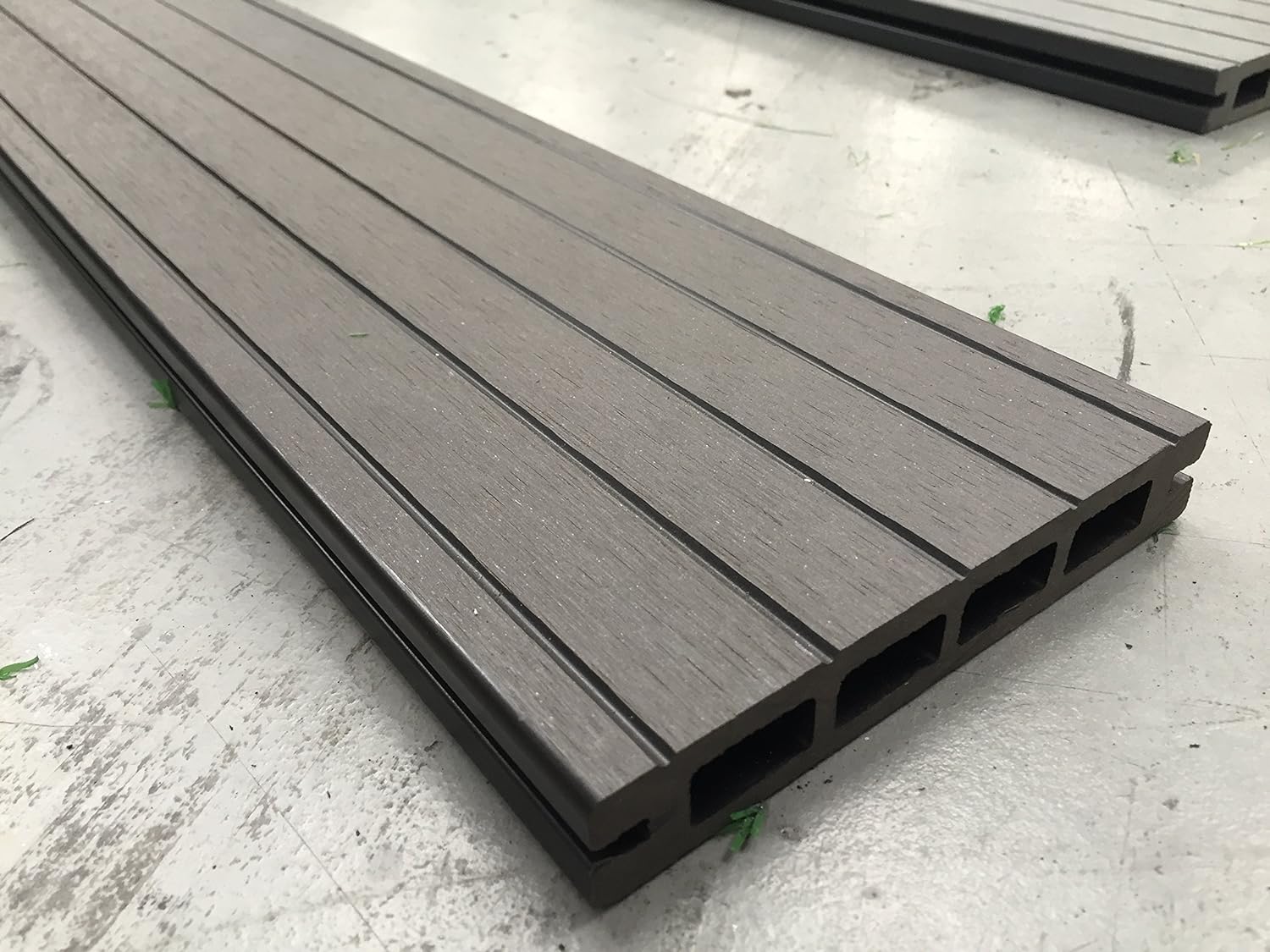
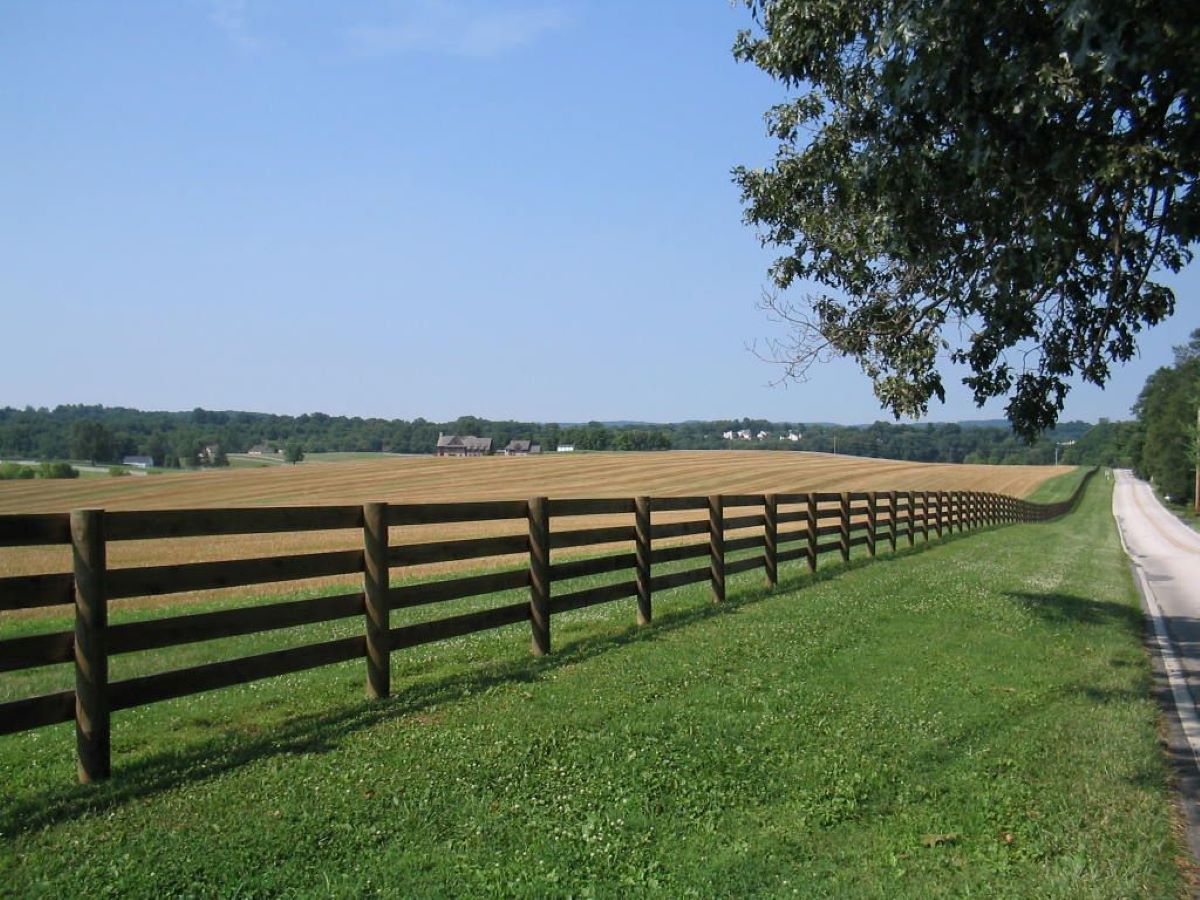
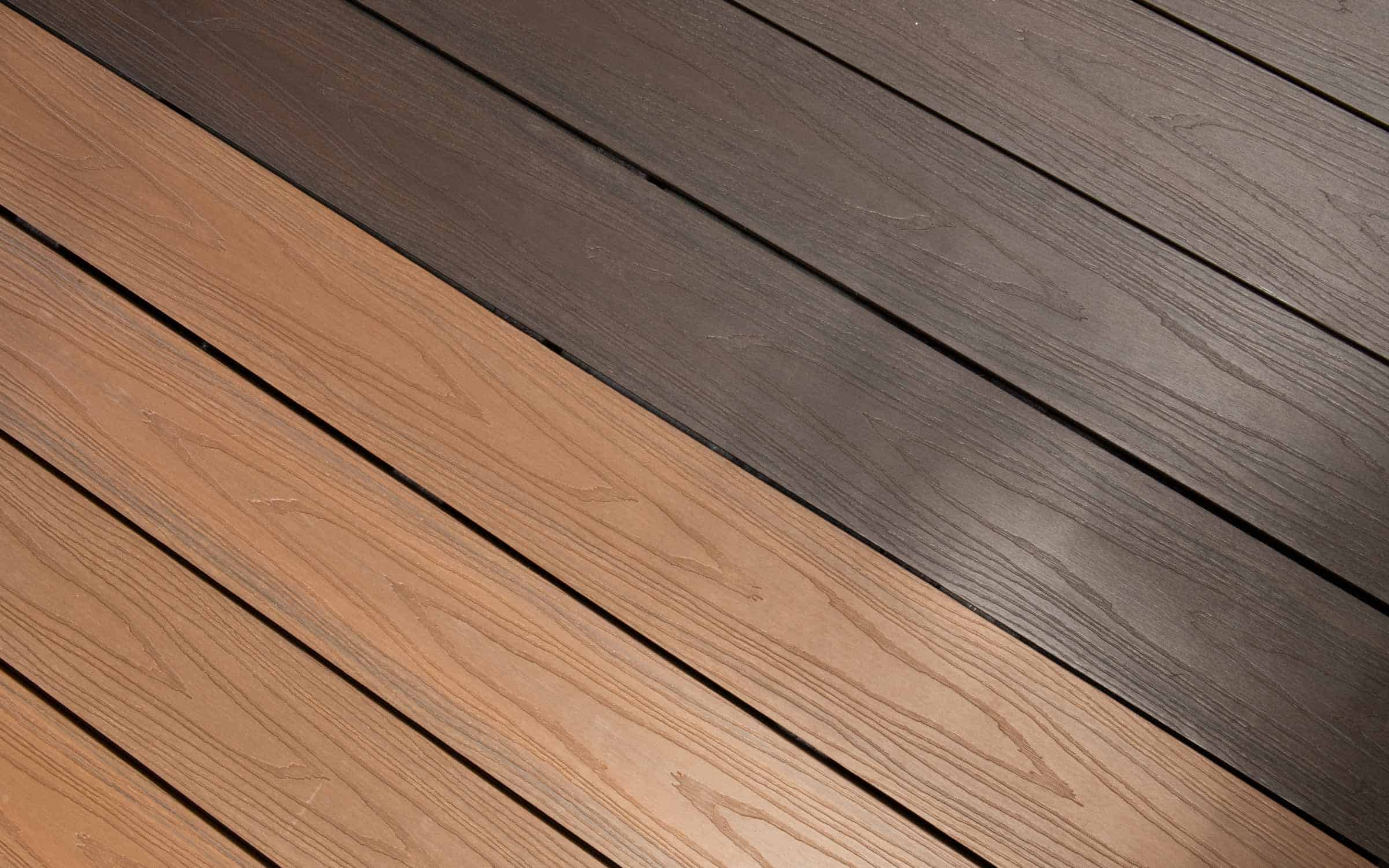
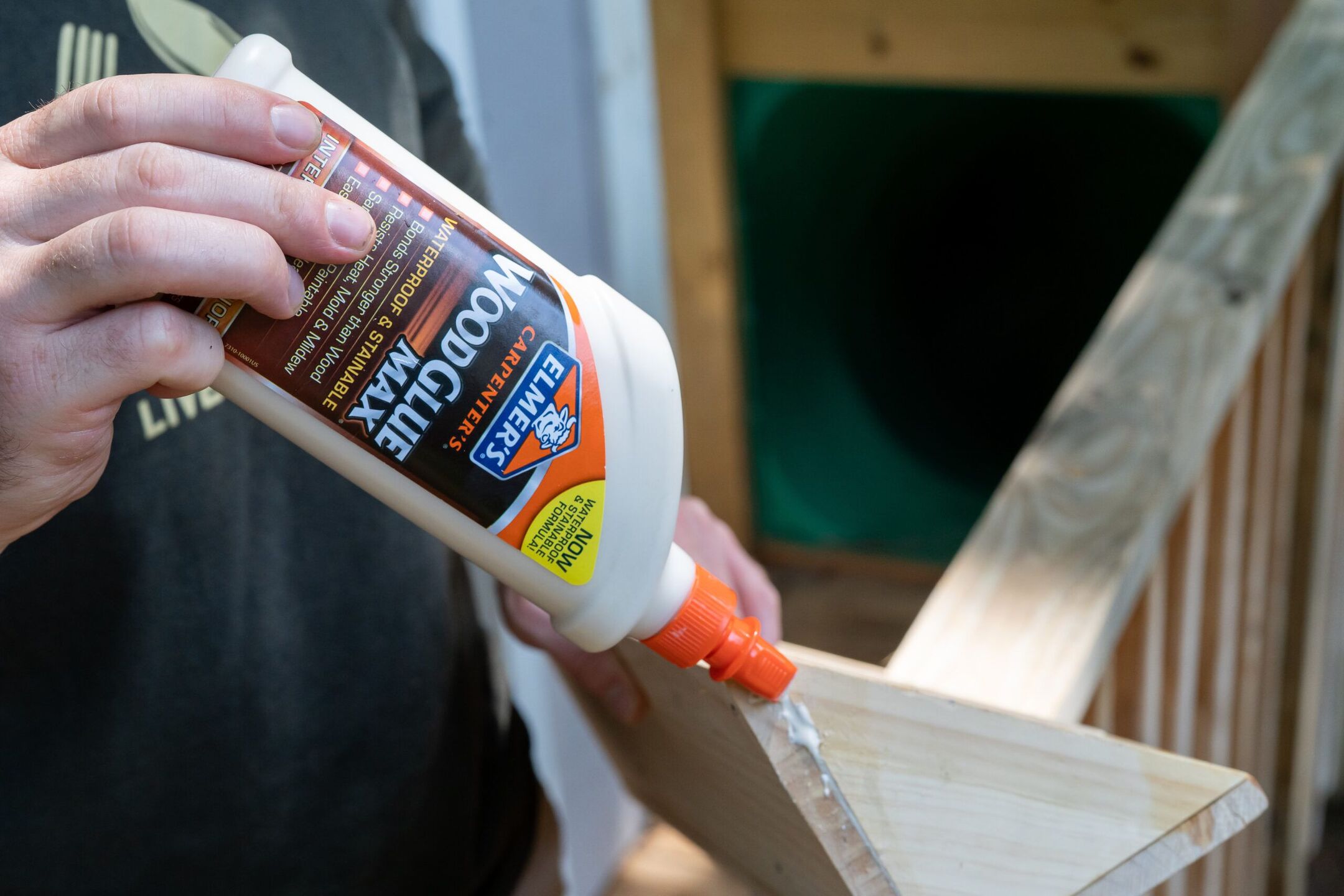
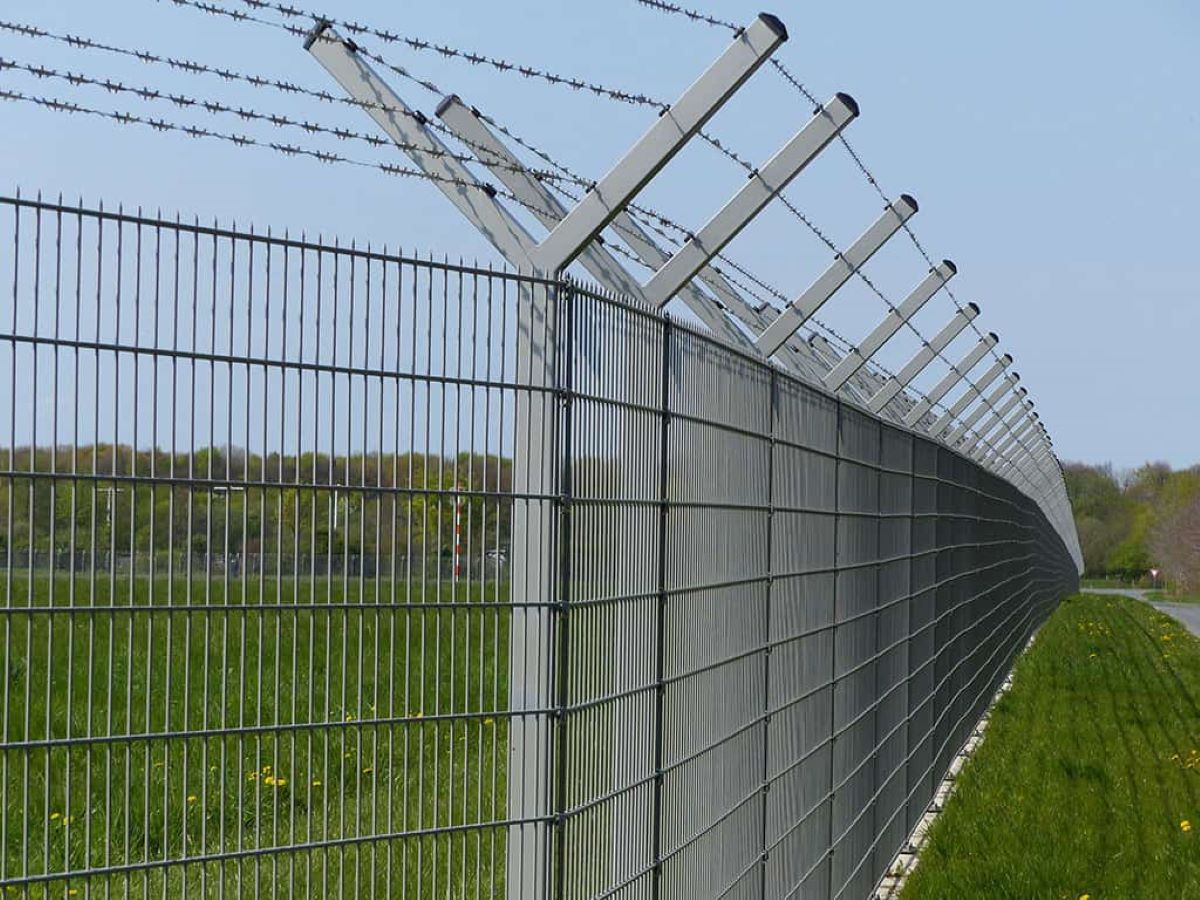
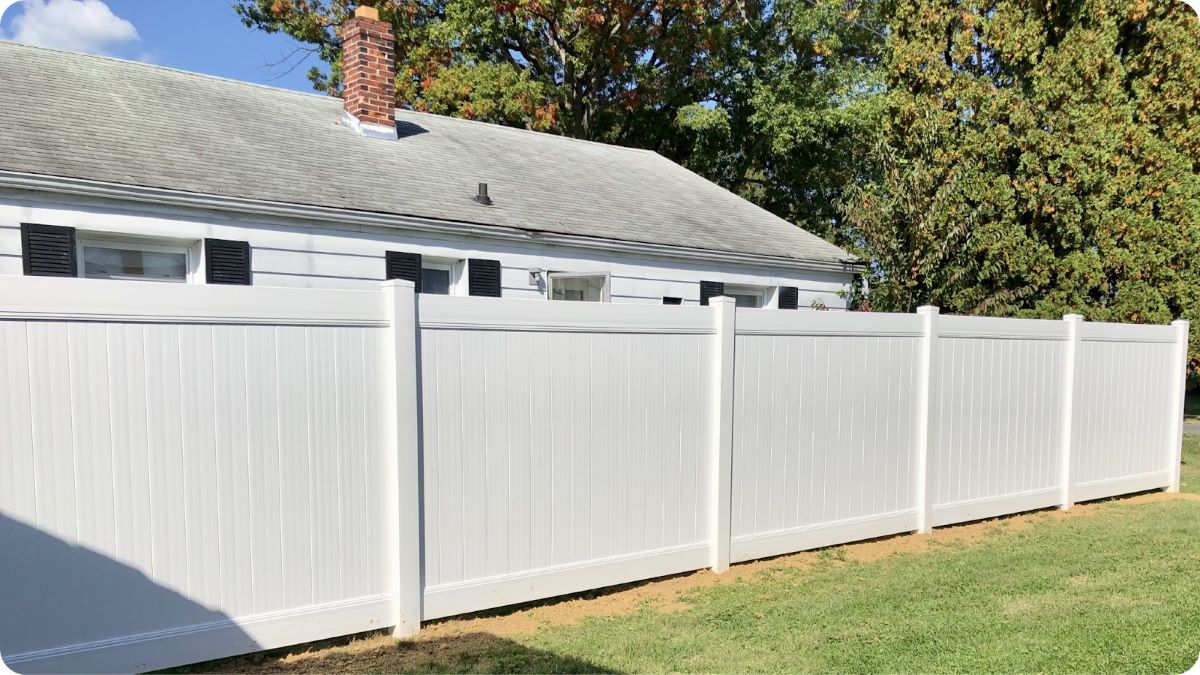
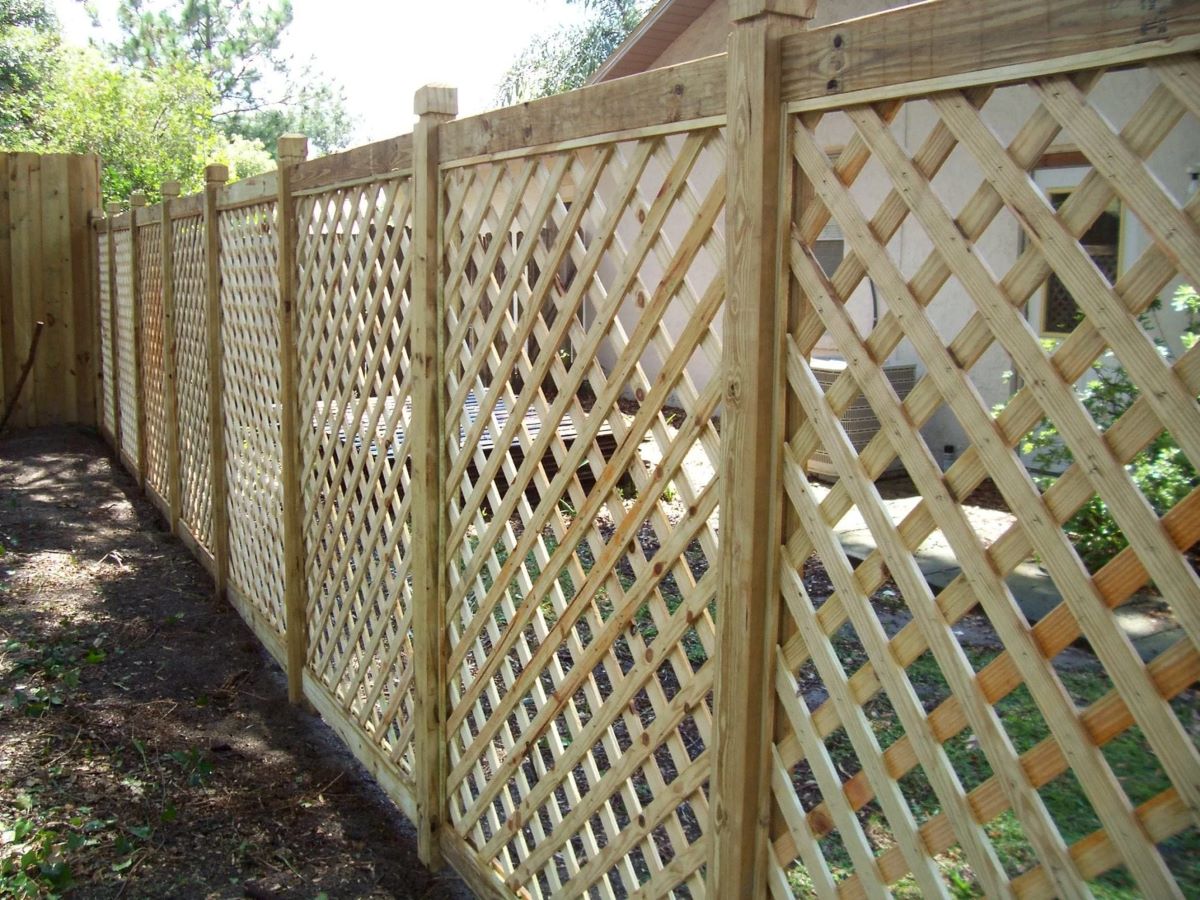
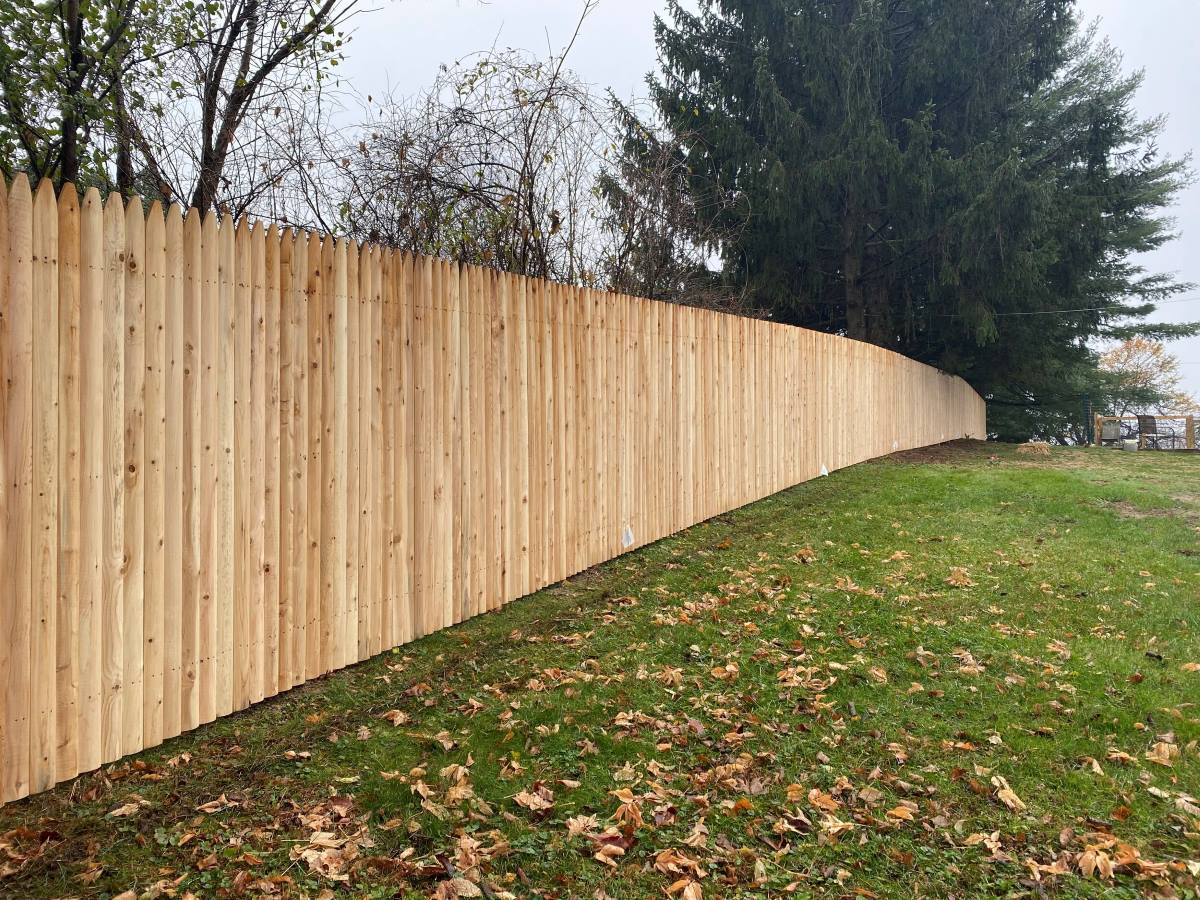
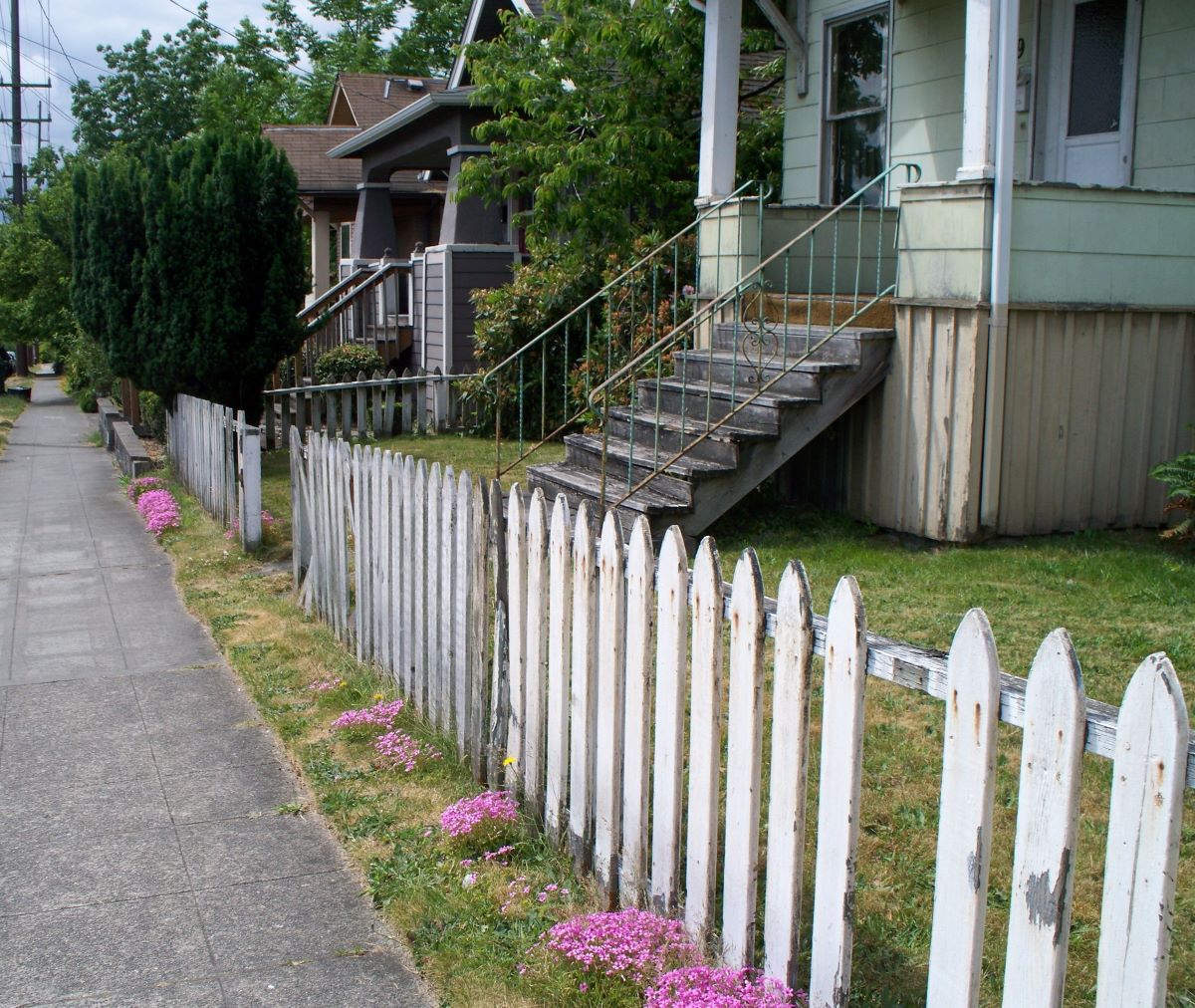
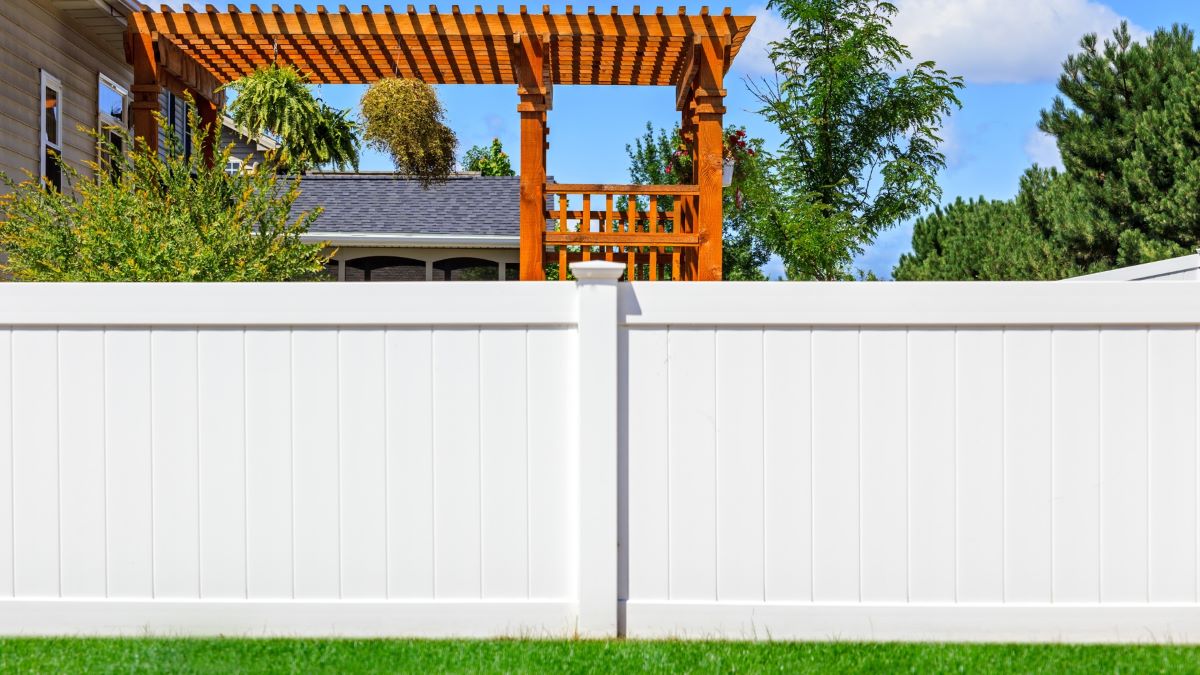
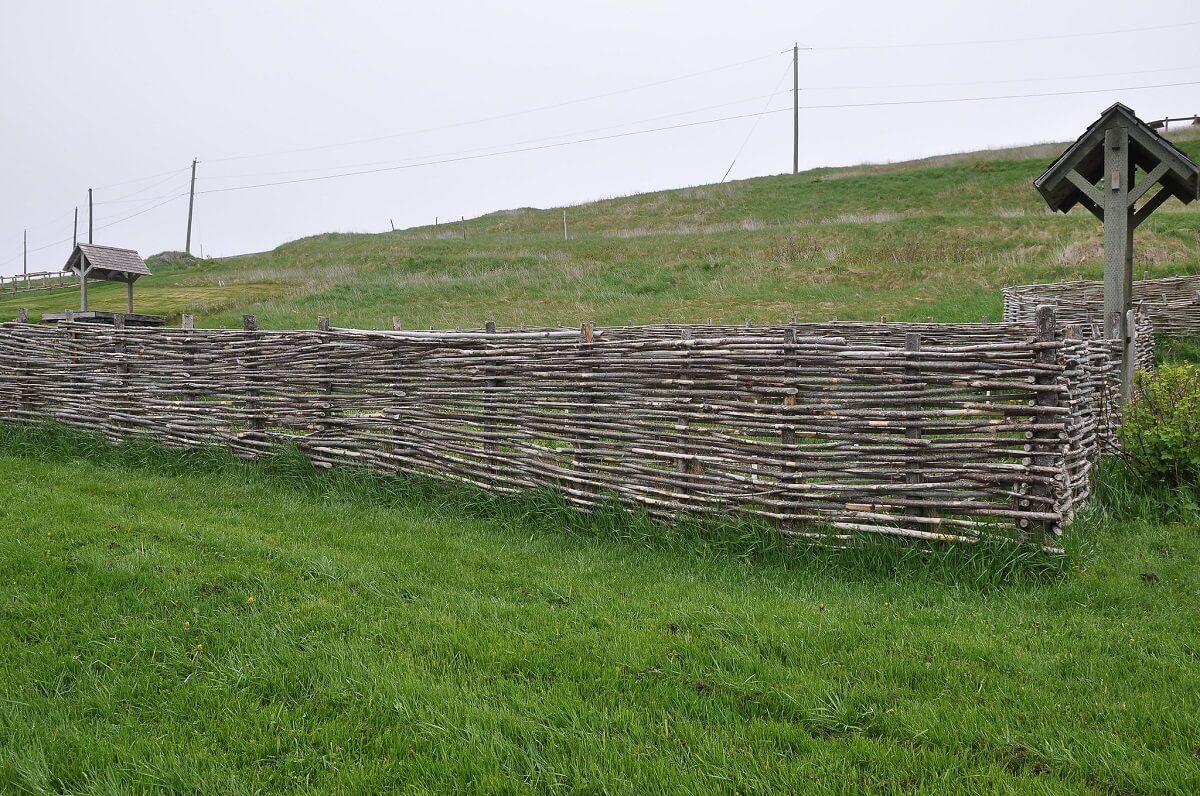


0 thoughts on “What Is A Composite Fence”